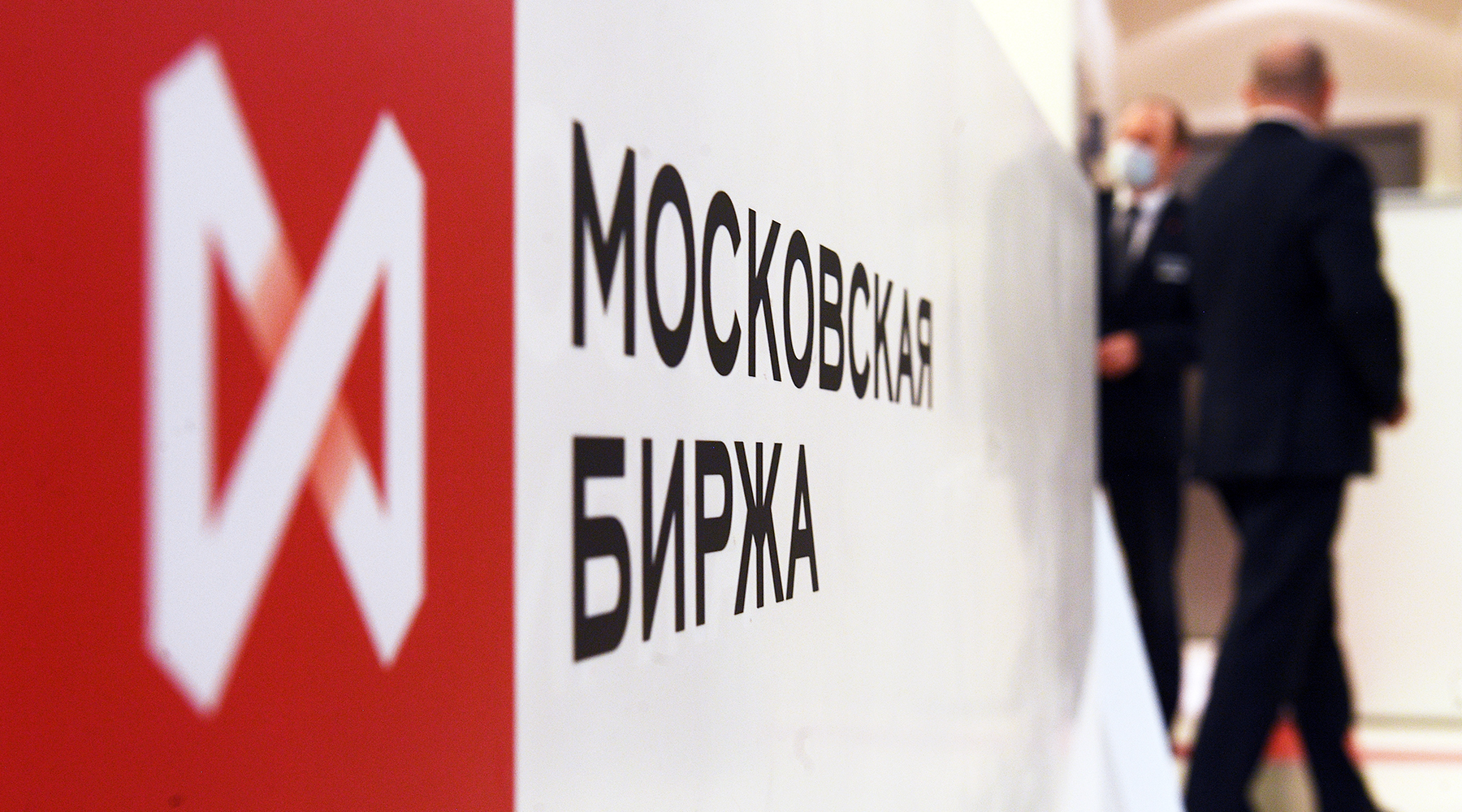In August 2021, rates on deposits and deposits in the country's largest banks reached 5.3% per annum.
The last time the indicator was at such a high level was in December 2019.
This is evidenced by the data of the analytical company Frank RG.
According to the experts of the organization, the corresponding index in the last month of summer rose by 0.17 percentage points.
Rates on savings products are increasing in Russia amid tightening monetary policy by the Central Bank, analysts interviewed by RT noted.
In the context of the crisis in 2020, the regulator actively reduced the rate to stimulate business activity.
So, the Central Bank lowered it from 6.25% to 4.25% per annum - the minimum level for the entire post-Soviet period.
However, already in 2021, the Central Bank began to confidently raise the key rate and in July raised it immediately by one percentage point - up to 6.5% per annum.
The increase was the sharpest since December 2014.
Financial institutions are closely monitoring changes in the key rate of the Central Bank and, on the basis of decisions made by the regulator, independently determine the level of long-term lending and deposit rates.
This is the opinion in a conversation with RT, the head of the representative office of the ANIF investment fund in Russia, Sergei Grigoryan.
“Last year, the Central Bank went to a record cut in the key rate in order to more effectively deal with the crisis in the economy against the backdrop of a pandemic.
This led to the fact that banks also lowered interest on deposits to a minimum of 3-3.5% per annum.
Now everything is systematically returning to the pre-pandemic level, including proposals for savings products, ”the expert noted.
In addition, analysts believe that the increase in deposit rates is due to the growth of inflationary risks.
According to Rosstat statistics, in June 2021, consumer prices in the country increased by 6.5% compared to the same period last year.
The achieved level of annual inflation turned out to be the maximum in almost five years.
At the same time, in July the indicator showed a slight decline, dropping to 6.46%.
“To reduce inflationary risks, the regulator has significantly increased the key rate, which has led to an increase in the cost of loans for the banks themselves.
Against this background, financial organizations began to borrow more money from the population.
In turn, in order to attract new customers and increase the inflow of funds, banks began to make special offers on deposits, "said Evgeny Mironyuk, an analyst at Freedom Finance, in an interview with RT.
As the chairman of the State Duma Committee on the Financial Market Anatoly Aksakov noted, this state of affairs should play in favor of the restoration of Russians' interest in savings, which has noticeably sagged during the pandemic.
According to a study by Rabota.ru, a recruiting service, only 35% of citizens save money from their salaries.
At the same time, the majority of respondents (18% of those surveyed) save no more than 10% of their monthly income.
“Most people know how to count money and want to invest their savings on favorable terms, so higher rates will encourage depositors to work more closely with banks.
This will increase the percentage of Russians who will create a safety cushion for themselves, which in the end should have a positive effect on the well-being of citizens.
At the same time, funds on deposits and deposits are protected by the state, unlike playing on the stock exchange, "Aksakov told RT.
RIA News
© Evgeny Odinokov
It is noteworthy that citizens have recently begun to actively enter the stock market.
So, in July 2021, the number of private investors on the Moscow Exchange increased by 446 thousand people and reached 13.2 million, according to the data of the trading platform.
For comparison, in July last year only 5.65 million citizens had brokerage accounts.
“During the pandemic, the level of investment products in the structure of Russians' savings has more than doubled - from 7 to 15%.
Over the year, Russians have invested about 1.2 trillion rubles in securities.
Traditionally, buying stocks and bonds is more profitable than keeping funds in deposits.
But such investments also carry more significant risks, "said Andrei Rusetsky, asset manager of BCS World of Investments, in an interview with RT.
According to experts interviewed by RT, in the medium term, the demand for exchange-traded products will remain quite high.
However, the interest of depositors may shift towards the banking sector when more attractive offers from financial institutions appear.
So, banks can hold another round of increasing interest on deposits if the Central Bank continues to raise the key rate, Yevgeny Mironyuk does not exclude.
“Also, a lot will depend on the pace of economic acceleration and the revival of business activity. If inflation risks remain at the current level, deposit rates may increase to 6-7% per annum in the medium term, ”Vadim Tkachenko, CEO of the vvCube consulting group, emphasized in a conversation with RT.

